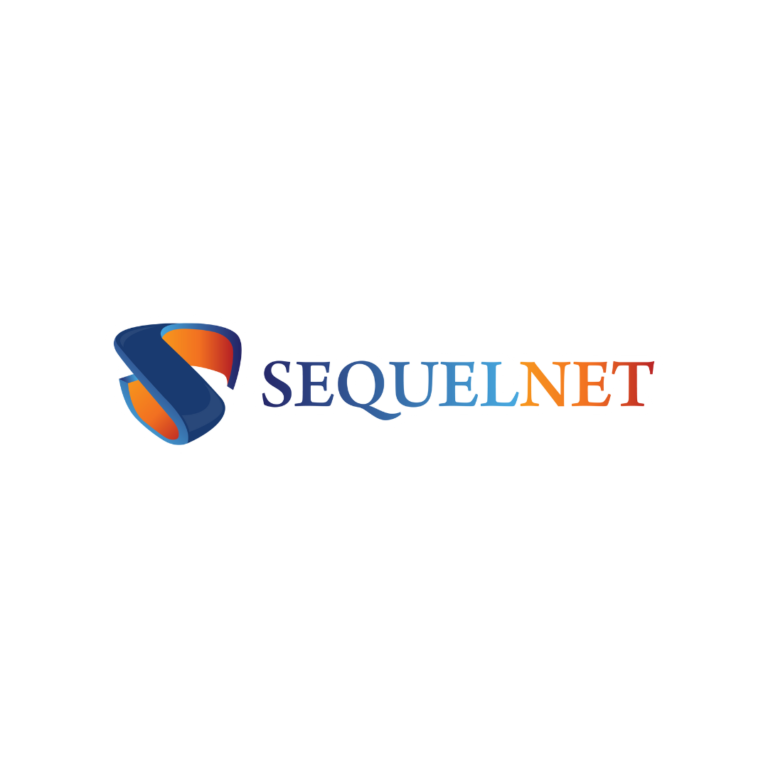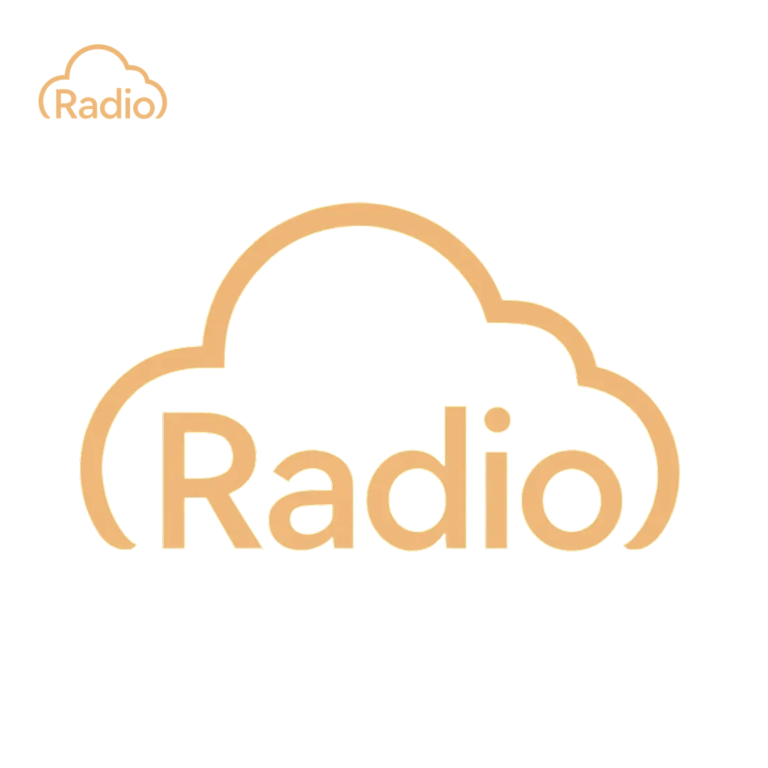Non-Invasive Aesthetic Treatment Market Report Size and Share Analysis – Growth Trends and Forecast 2025–2033
Market Overview
The global non-invasive aesthetic treatment market is projected to grow from approximately USD 74.96 billion in 2024 to USD 252.18 billion by 2033, reflecting a CAGR of 14.43% from 2025 to 2033. This significant growth is driven by increasing consumer preference for minimally invasive procedures, technological advancements, and rising demand for enhanced physical appearance across demographics.
What Are Non-Invasive Aesthetic Treatments?
Non-invasive aesthetic treatments are cosmetic procedures that enhance physical appearance without surgery. These techniques utilize advanced technologies—such as laser, ultrasound, radiofrequency, and injectables—to address issues like wrinkles, pigmentation, excess fat, acne scars, and skin laxity. Compared to surgical options, they offer faster recovery, minimal discomfort, and natural-looking outcomes.
Popular Procedures Include:
- Botox and dermal fillers – for wrinkle reduction and facial rejuvenation
- Laser treatments and chemical peels – for skin resurfacing and tone correction
- Body sculpting (e.g., CoolSculpting) – for fat reduction through cryolipolysis
- Skin tightening – using ultrasound and radiofrequency
Key Market Drivers
1. Rising Demand for Minimally Invasive Treatments
Consumers are increasingly choosing treatments that offer visible results with minimal downtime. Younger generations are also engaging in preventive procedures to maintain youthful looks. Social media influence, celebrity endorsements, and increasing disposable income are major contributors.
2. Technological Advancements and Innovation
The emergence of AI-based skin analysis, long-lasting injectables, and multi-functional devices has revolutionized treatment precision and outcomes.
Example: InMode Ltd. launched IgniteRF (July 2024), offering nine minimally invasive modalities for soft tissue contraction.
3. Medical Tourism and Clinic Expansion
Countries in Asia and Europe are becoming global hubs for aesthetic tourism due to cost-effective treatments and high-quality care.
Example: SBC Medical Group (Japan) initiated “Inbound-Focused Clinics” and a multilingual staff translation app to cater to international patients (Jan 2025).
Market Challenges
1. Regulatory and Safety Concerns
Despite innovation, the market faces challenges like delayed approvals (FDA, EMA), unregulated clinics, and counterfeit products. Inadequate practitioner training can result in complications, highlighting the need for standardized protocols.
2. High Costs and Limited Insurance Coverage
Although less expensive than surgery, multiple treatment sessions make them costly. Most procedures lack insurance support, limiting access for middle-income groups. Clinics are addressing this with EMI and membership options.
Related Report
Canada Saskatchewan Grain Market
Segment Insights
Injectables: Botulinum Toxin
The botulinum toxin (Botox) segment is flourishing due to its effectiveness in treating dynamic wrinkles. Demand from both young adults (for prevention) and therapeutic applications (like migraines, hyperhidrosis) is driving growth.
Photo Rejuvenation
Using IPL and laser, photo rejuvenation boosts collagen and addresses pigmentation, sun damage, and rosacea. It’s popular due to its non-invasive nature and gradual, natural-looking improvements.
Hair Removal
Laser hair removal is one of the most in-demand treatments, offering long-term results with minimal discomfort. Innovations have made these treatments suitable for diverse skin types and even home use.
Female Aesthetic Treatments
Women are the largest consumer base, opting for facial injectables, body contouring, and even non-surgical intimate rejuvenation. The demand is fueled by lifestyle shifts, hormonal changes, and aesthetic consciousness.
Traditional Spa Integration
Non-medical spas are incorporating LED therapy, hydro facials, and natural skincare regimens into their offerings. The global wellness trend is blending holistic methods with non-invasive technology, broadening consumer interest.
Regional Highlights
United States
The U.S. dominates the global market with technological leadership, high aesthetic awareness, and FDA-approved innovations. Social media and Hollywood culture play major roles.
Example: Cartessa Aesthetics launched PHYSIQ 360 (April 2024) for customizable, full-body contouring.
France
With a strong skincare heritage, France shows high demand for anti-aging, natural fillers, and non-surgical facial lifting.
Example: Merz Aesthetics introduced Ultherapy PRIME (Sept 2024) for no-downtime skin lifting.
India
India’s market is booming with growth in medical tourism, urban demand, and influencer culture.
Example: Apollo Hospitals launched the Female Aesthetic Studio (Sept 2024), offering FemRejuvenate Therapy.
Saudi Arabia
Driven by cultural shifts and high spending power, the market in Saudi Arabia is expanding rapidly. Laser hair removal, fat reduction, and facial treatments are highly popular, with government support for healthcare initiatives.
Conclusion
The non-invasive aesthetic treatment market is on a strong upward trajectory, empowered by consumer preferences, cutting-edge technology, and global aesthetic awareness. Despite regulatory and cost-related challenges, innovations and medical tourism are creating new growth pathways. The future of aesthetic treatments lies in safe, customized, and minimally invasive solutions that resonate with evolving beauty standards.










